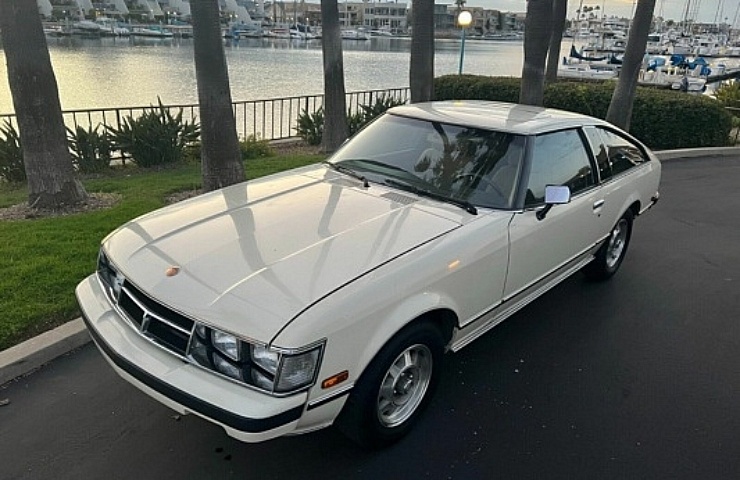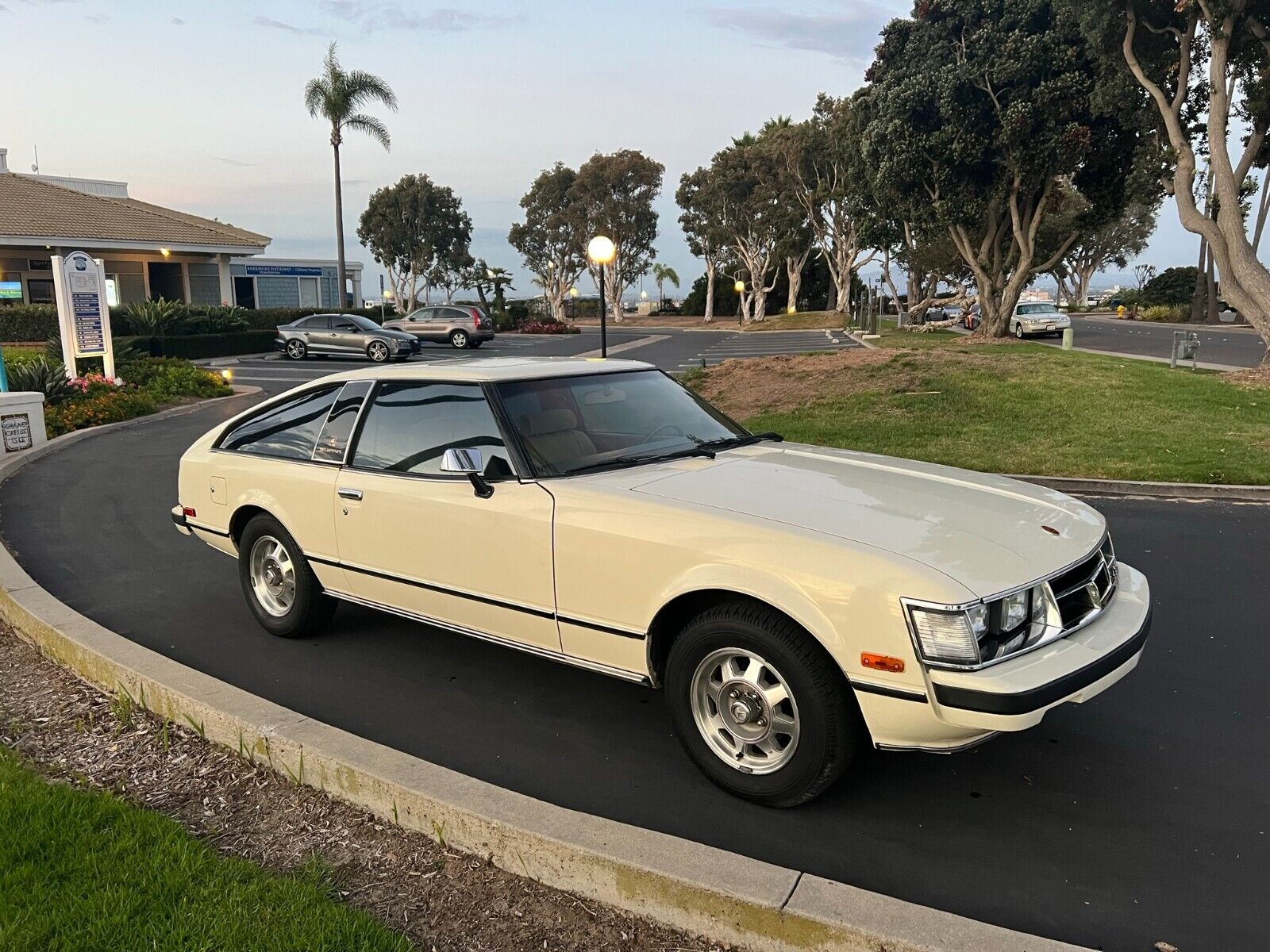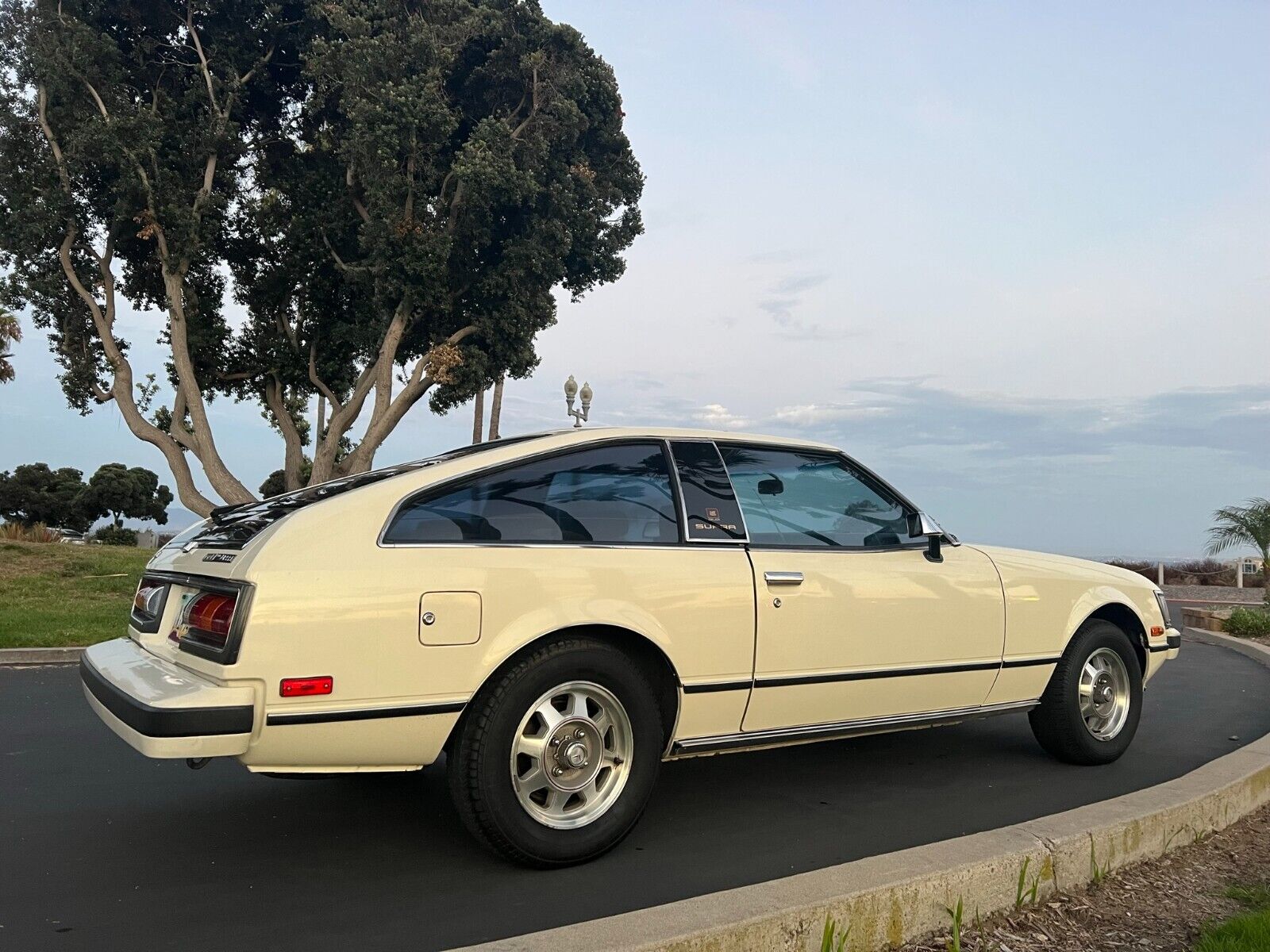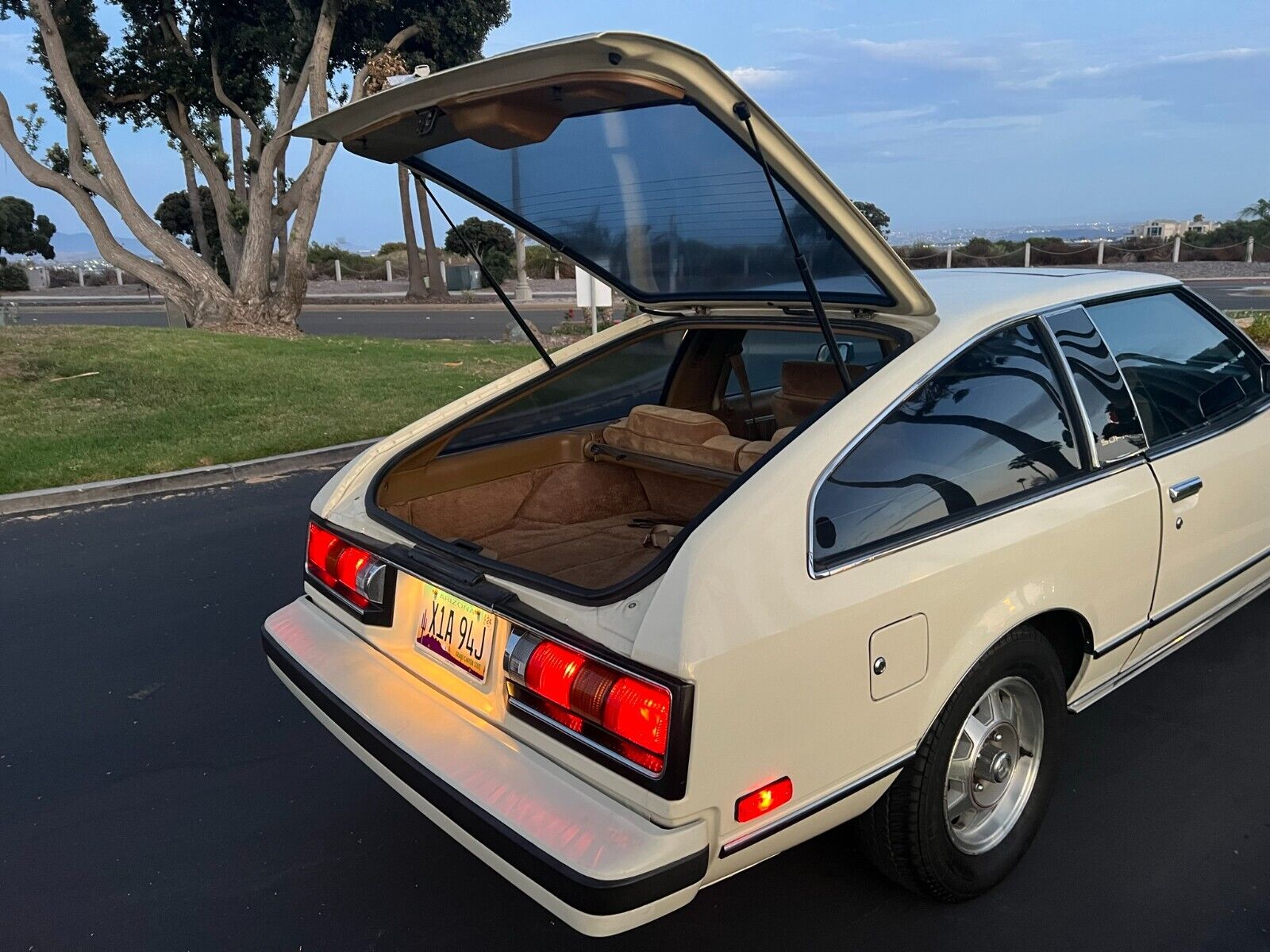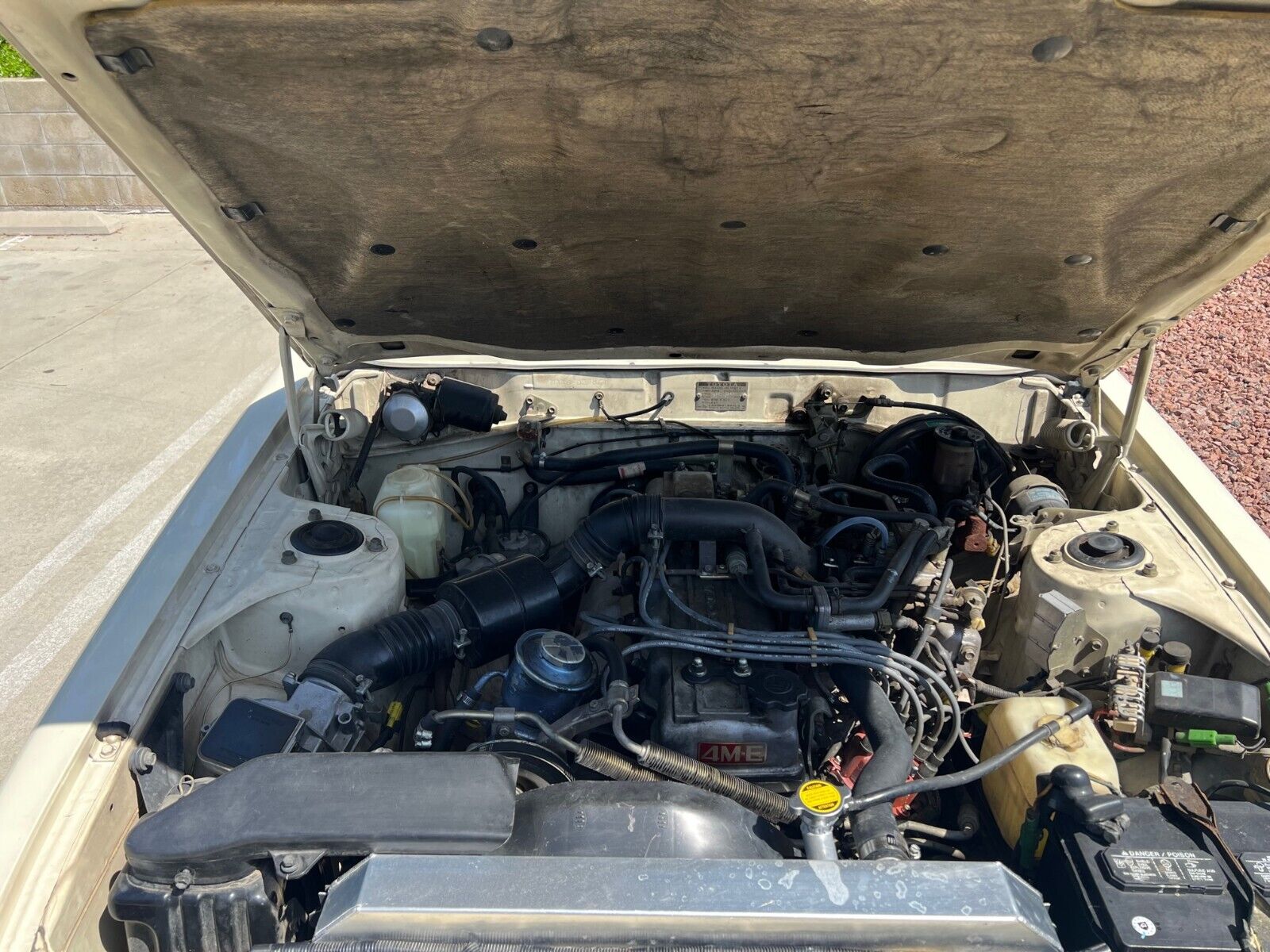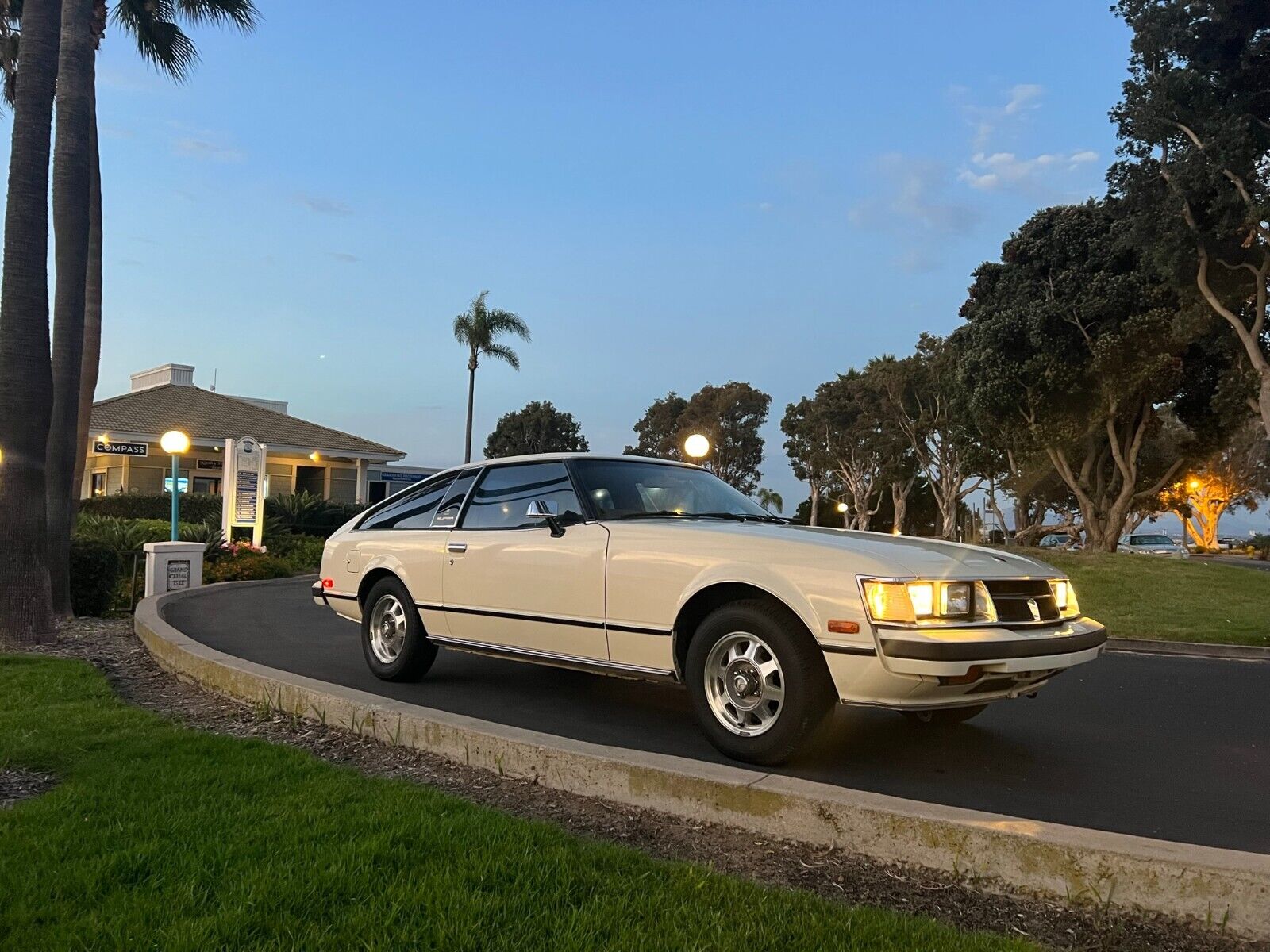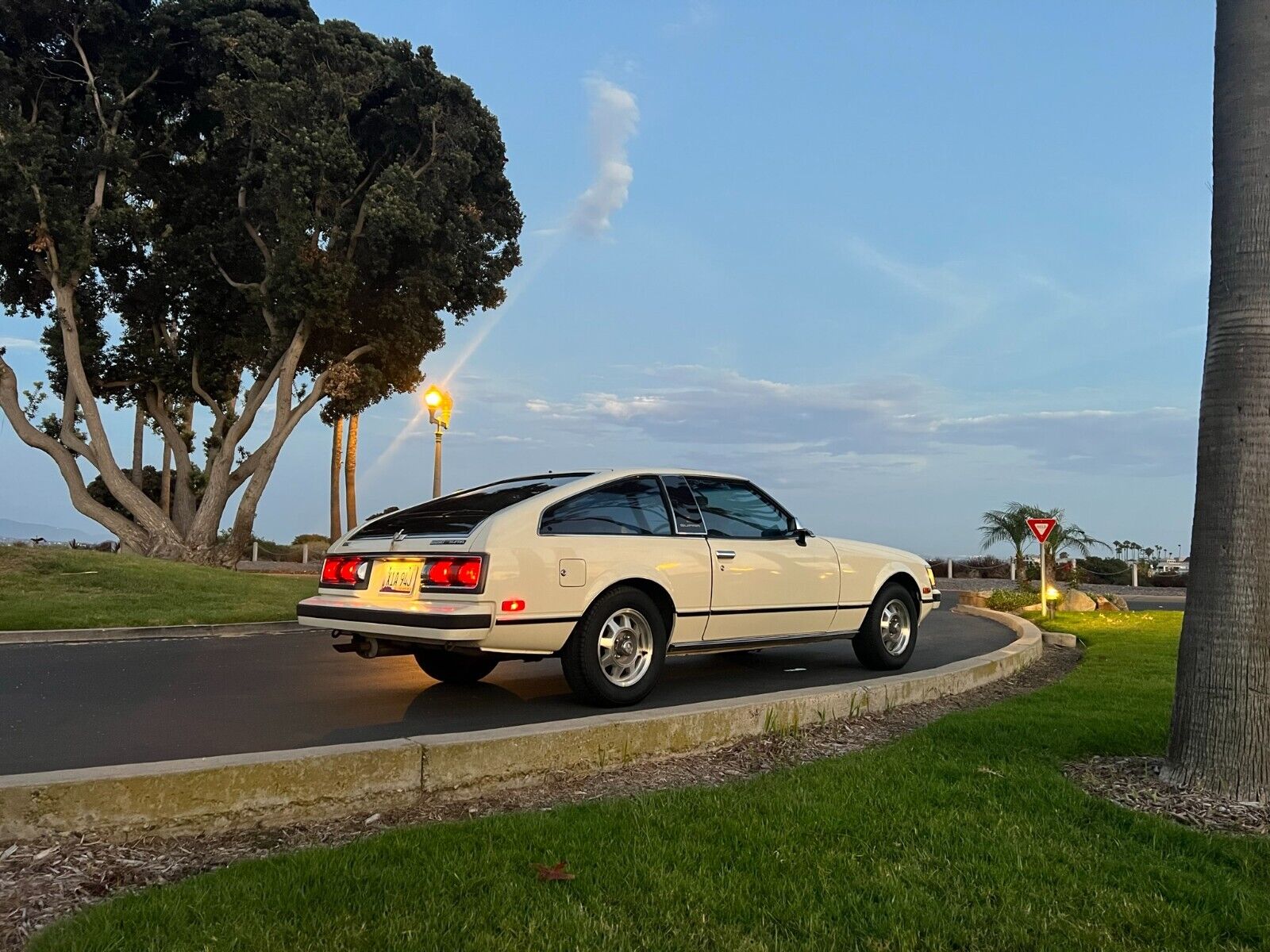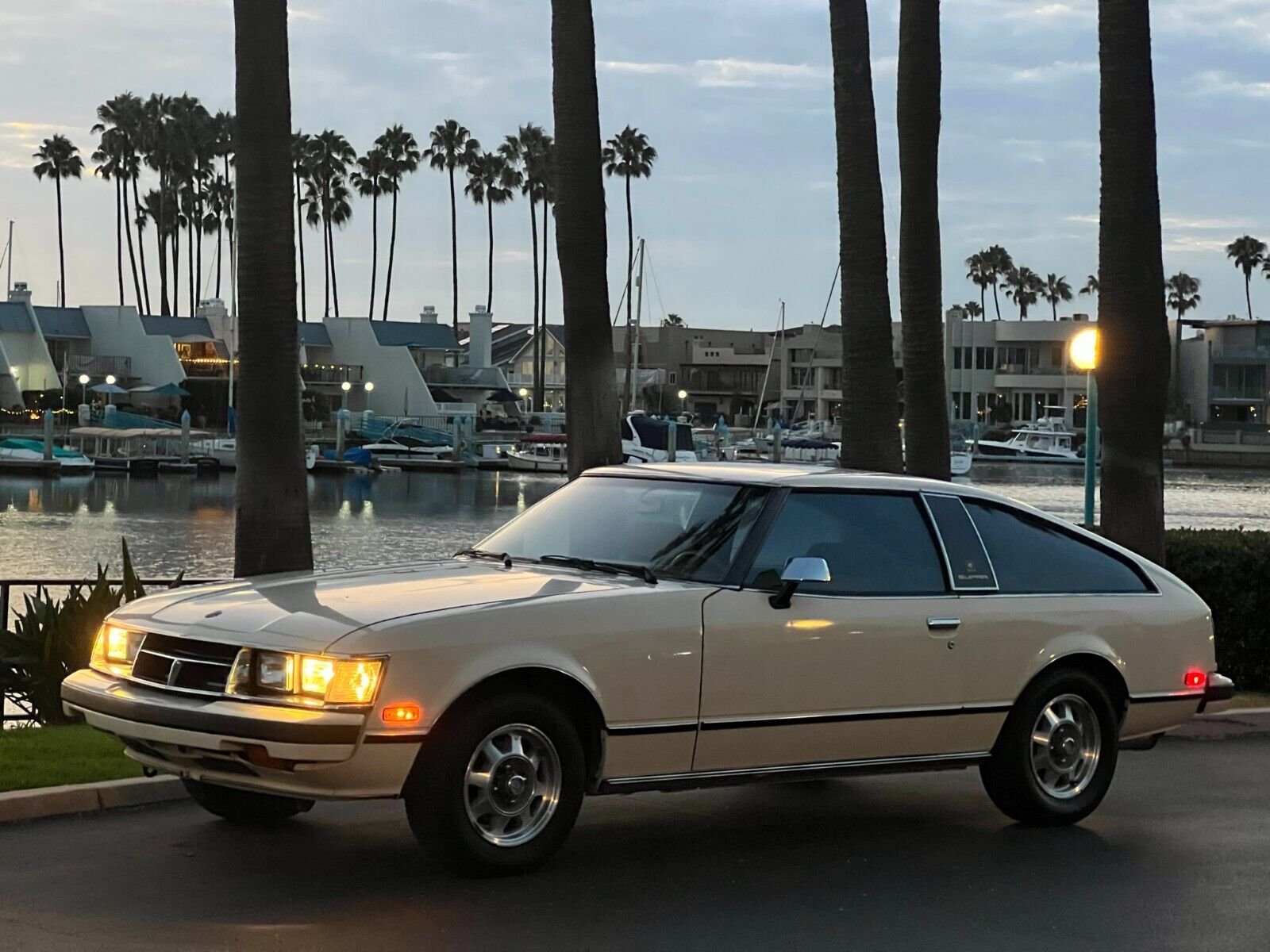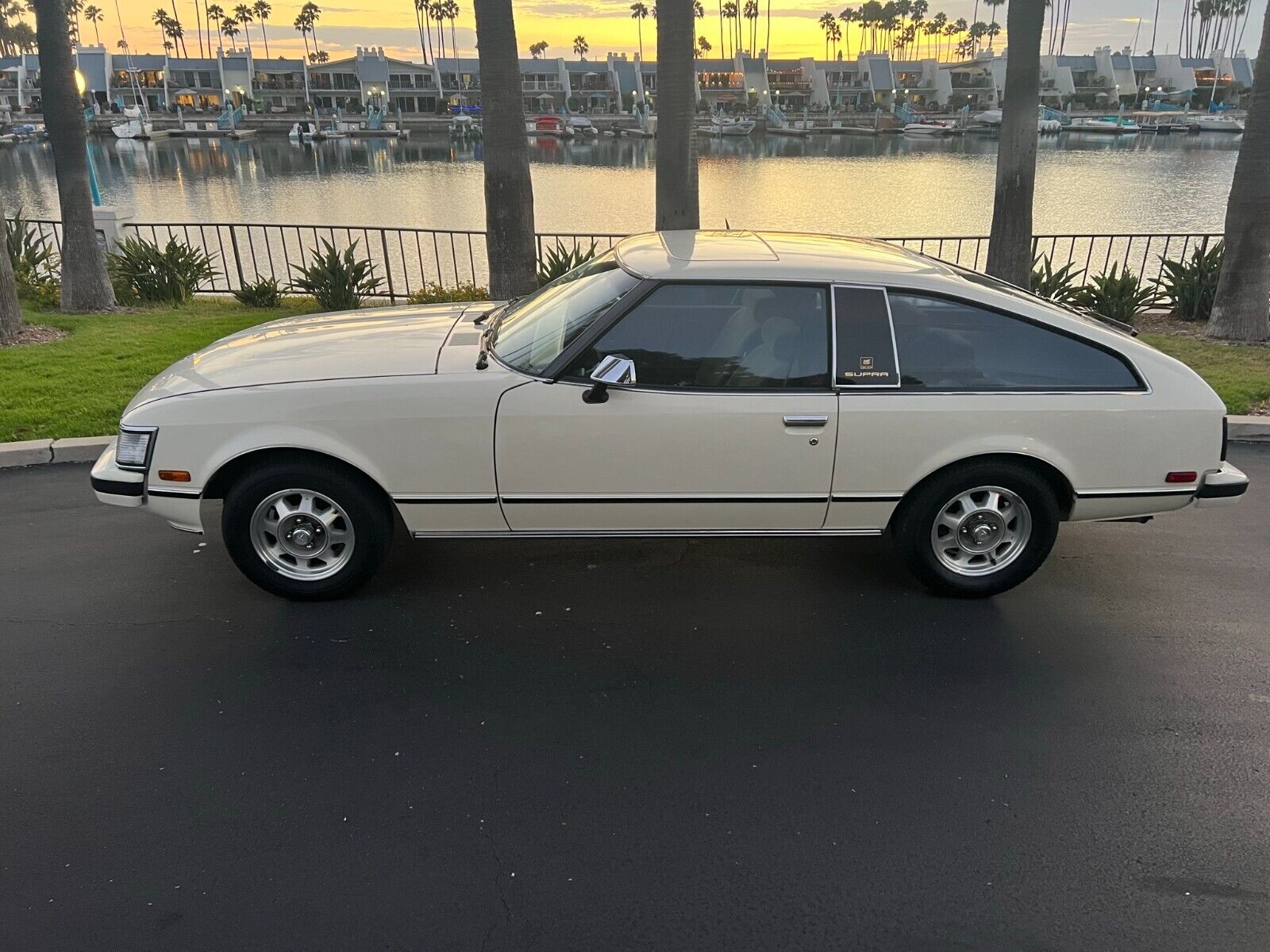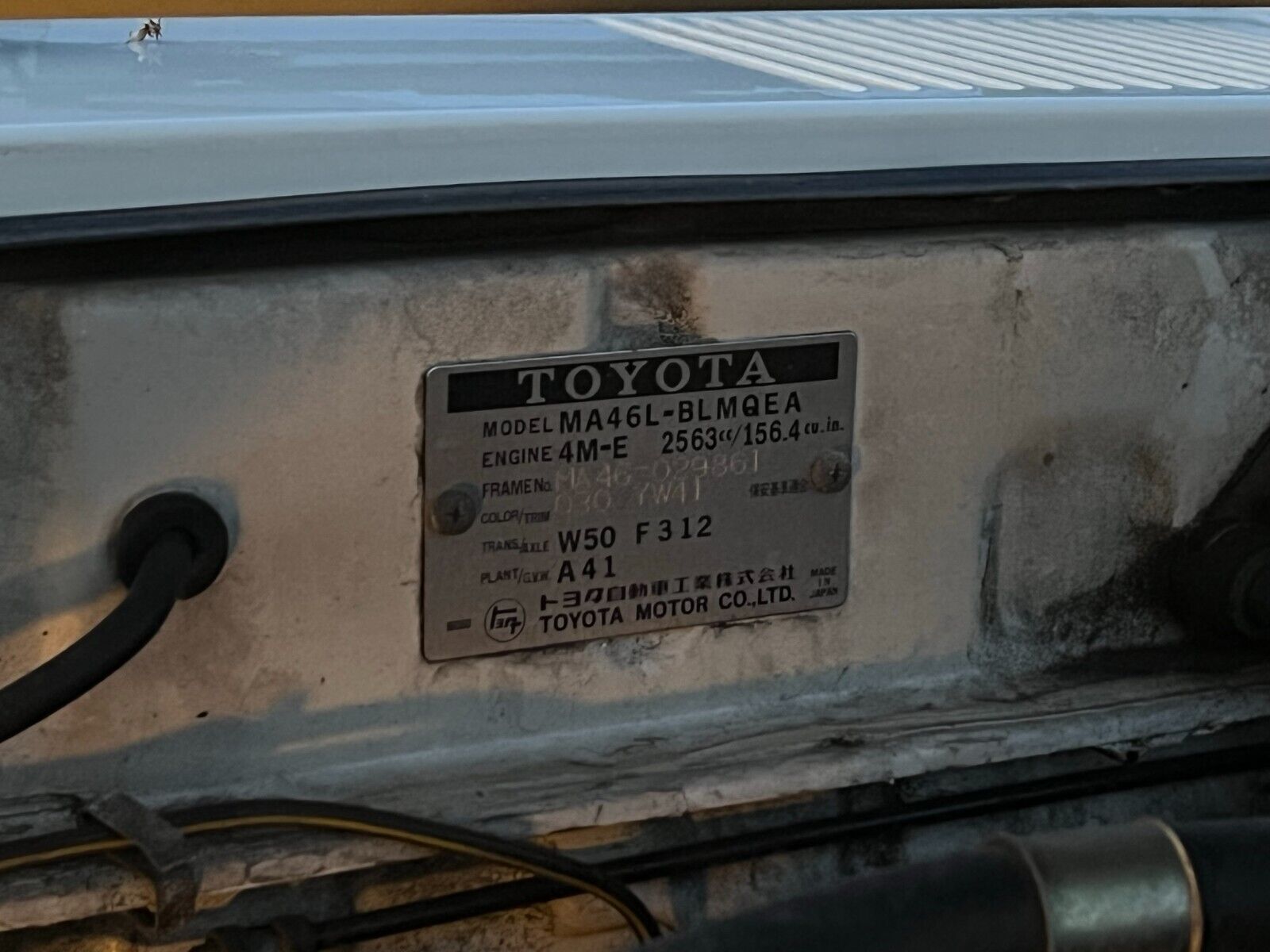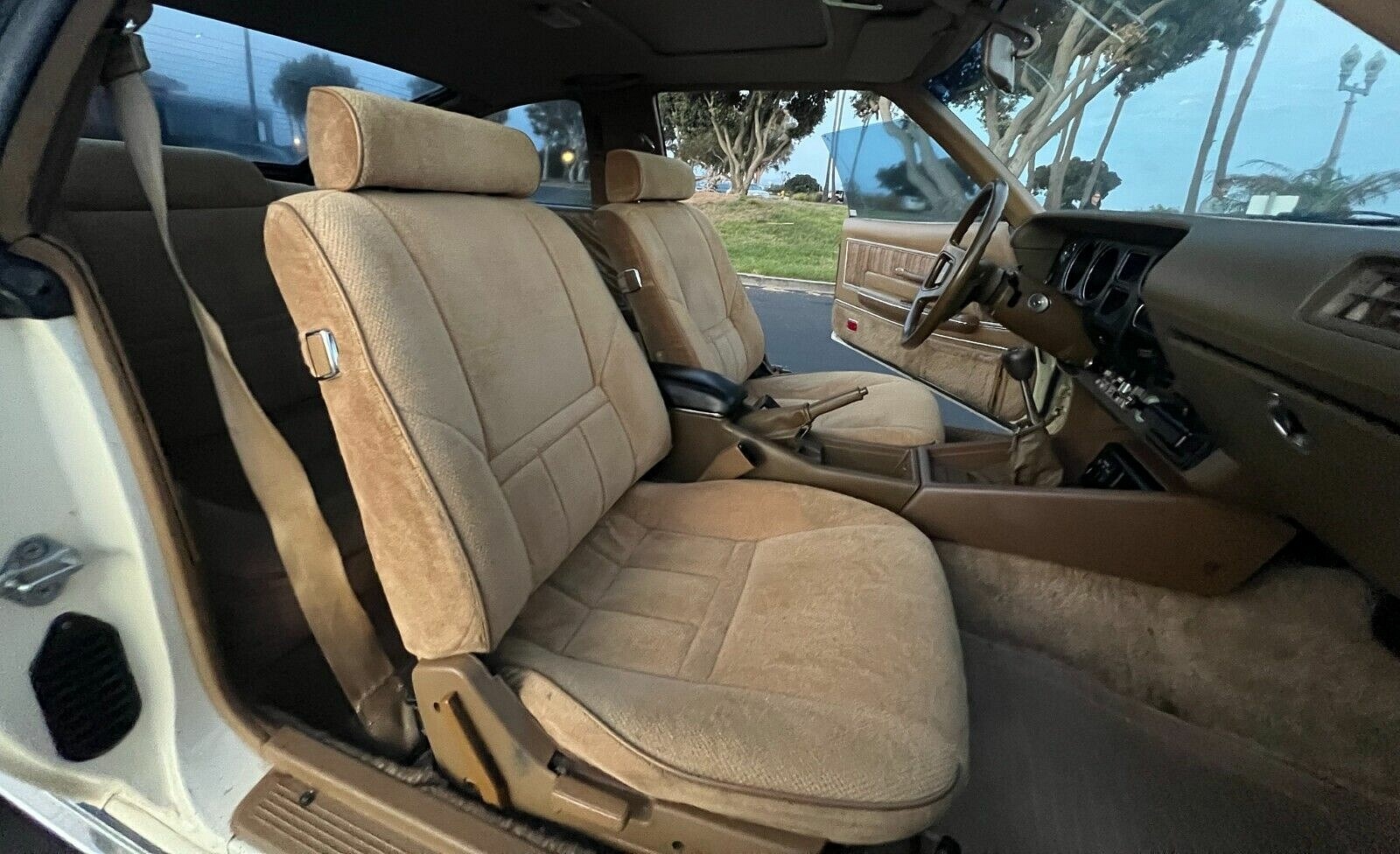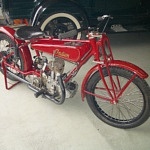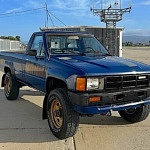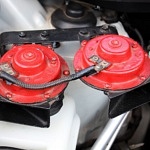A few short years ago, people were outraged that “a mere Toyota” sold for over $120,000. But within months, that level was surpassed. Now, no one blinks when a Supra blows past six figures. Of course, we’re talking about the fourth generation—the straight-six twin-turbo Ferrari killer.
Shop now for Toyota SuprasThese days, even Supras that don’t have the boostable power (or star power) of the fourth gen are shooting up in value. Low mileage third-generation models are now approaching the $100,000 mark. Second generations, easily found for under four digits a few years ago, have added a zero to the asking prices. That leaves the first-generation Supra, like the one recently sold on eBay in Coronado, Calif., as the last chance to get in on the nameplate before the Supra ship completely sails.
Two Names, Double the Fun
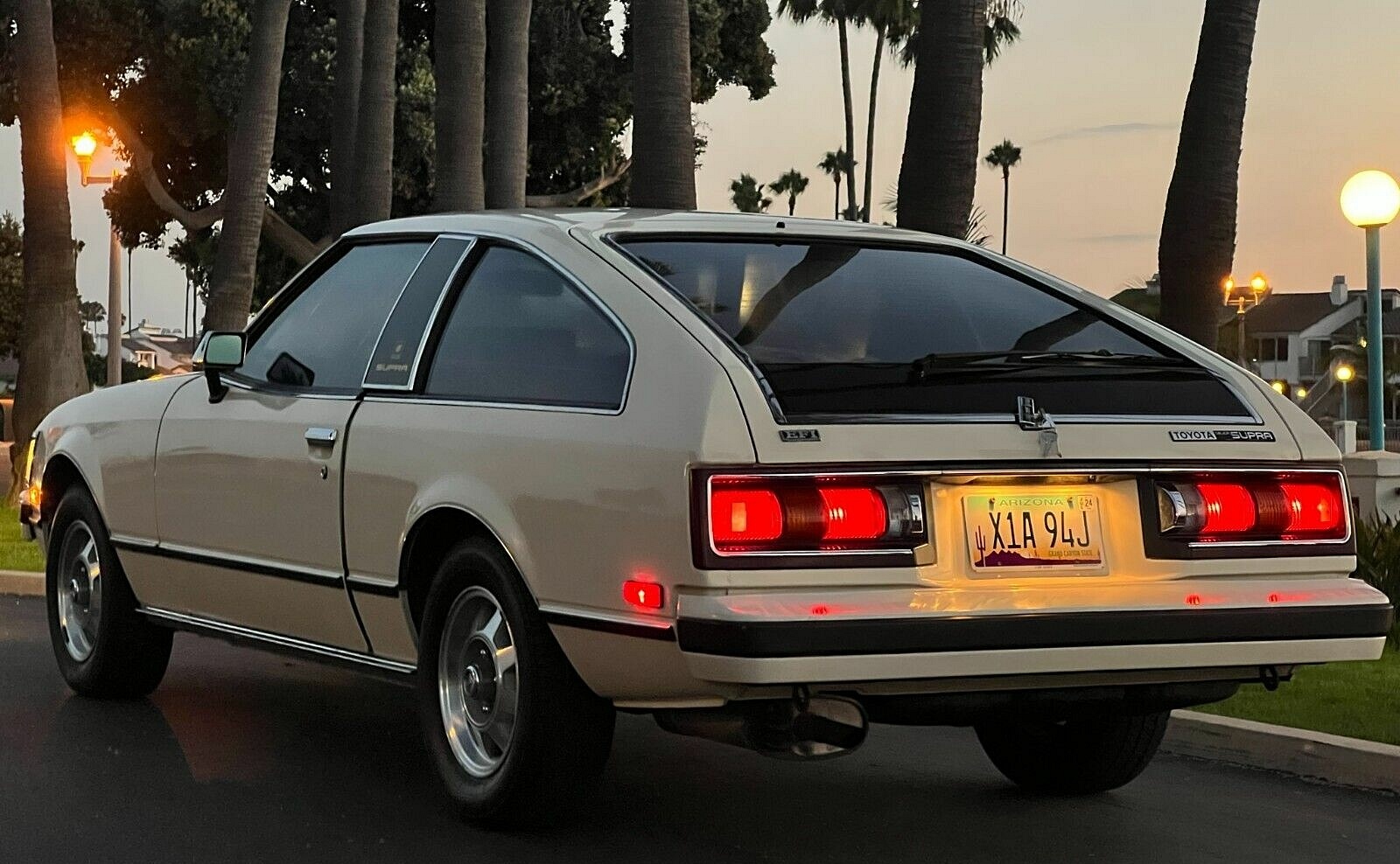
The 1979 Celica Supra’s tail, basking in the magic light.
Introduced in 1979 and sold until 1981, the first Supra was originally a sub-model of the Celica line. Toyota elongated the nose and stuffed two extra cylinders under it for extra horsepower and a more elegant front end. What would be considered luxury features at the tail end of the disco era—like cruise control and power windows—set it further apart from its four-cylinder little brother.
The 1979 Toyota Supra’s standard hardware set its spec sheet apart as well. Fuel injection, an aluminum head, four-wheel disc brakes, a rear sway bar, and a five-speed manual transmission were as cutting edge then as a Tesla is today.
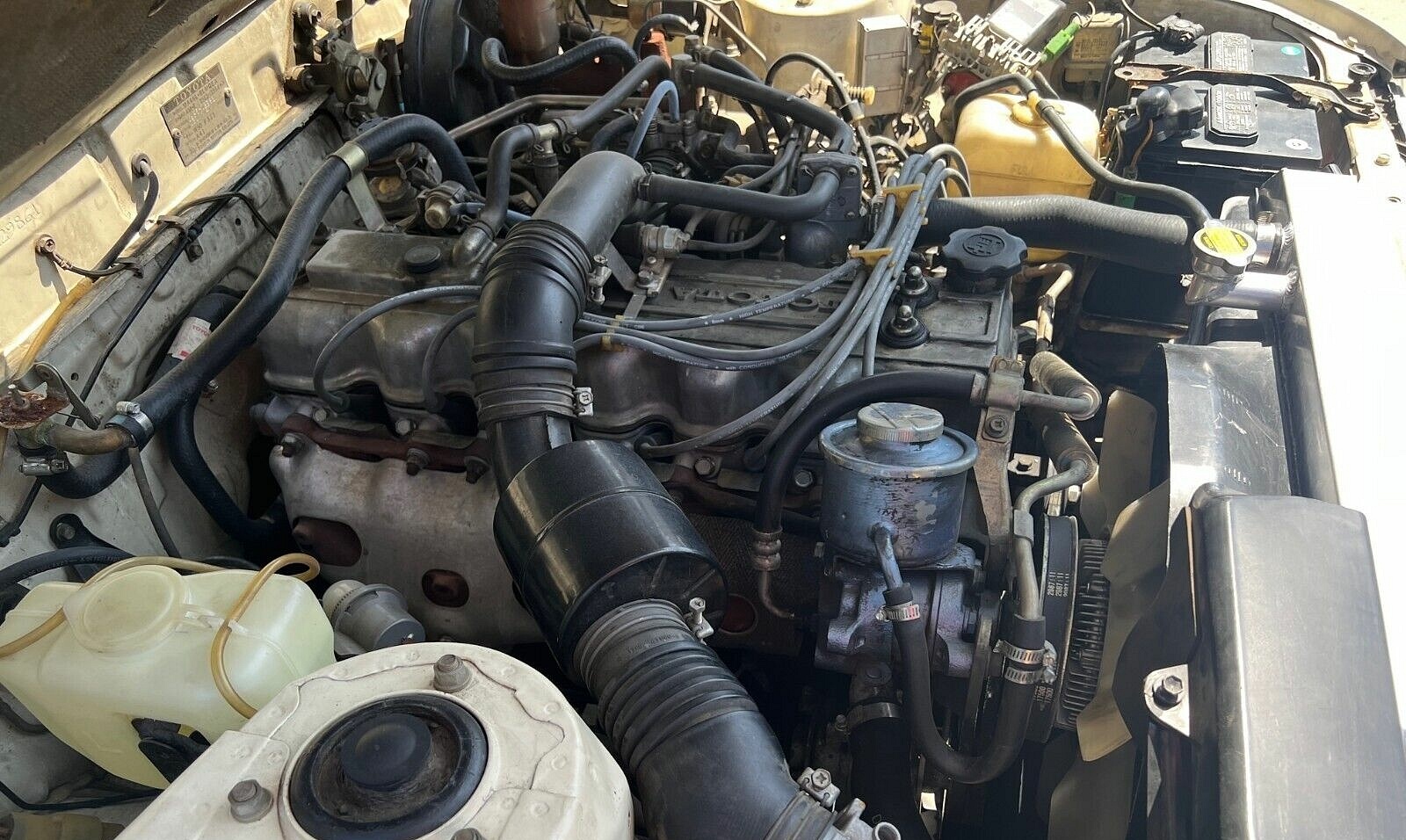
Intact and original, the engine bay would benefit from a few hours of detailing work.
Power is relative, and older cars have less impressive figures, especially if they hail from the late ’70s. The 1979 Toyota Supra’s 2.6 liters wring out just 110 horsepower. That seems like nothing today. But remember that a same-year Chevrolet Camaro made just 145 horsepower, and that was with a V-8.
With over-boosted power steering typical of the era, Supra’s driving experience isn’t going to set your hair on fire. A modern Camry would run rings around it, but the 1979 Toyota Supra was competitive in its day. Just 14 years later, Toyota was building a Supra engine capable of producing over 10 times the horsepower. But this was the beginning.
Remember Your Roots
The first generation has always been the least loved (well, until the BMW-based fifth-generation debuted in 2019). In fact, until the first Supra cracked $100,000, most were cannibalized to feed other Toyotas. The rear axles—a favorite for the aforementioned disc brakes—were often worth as much as the entire car. This led many Supras to be scrapped after this single item was plundered. Countless first-gen Supras were culled from an already meager pool.
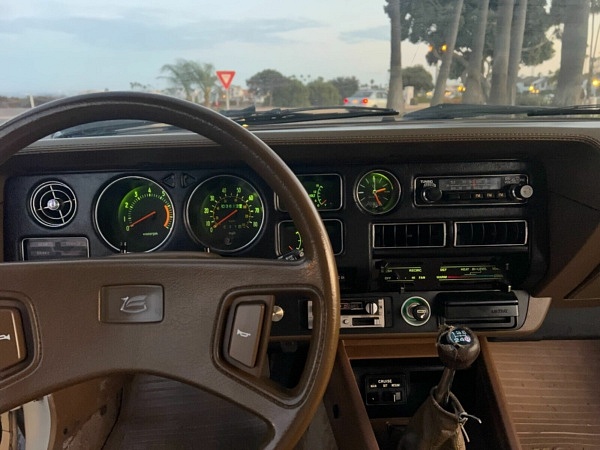
This 1979 Toyota Supra’s interior is remarkably well-preserved.
So, very few exist today in the condition of this auction car. The paint is original and presents beautifully. The intact interior is more impressive, as vinyl and plastics from that era tend to be brittle. Even the dashboard, a typical weak point, shows no cracks.
The only points of wear appear to be the leather shift knob and a radio that doesn’t produce sound. The odometer shows 103,000 miles, but the car was restored with care.
This 1979 Toyota Supra’s Buy-It-Now price of $16,995 admittedly feels steep, but that’s what people said when fourth-gen Supras were trading for $80,000. (The car sold for $16,000.) We’re not saying the first-gen Supra will be a six-figure car, but examples of this caliber won’t stay at this level for much longer.
Shop now for Toyota Supras
